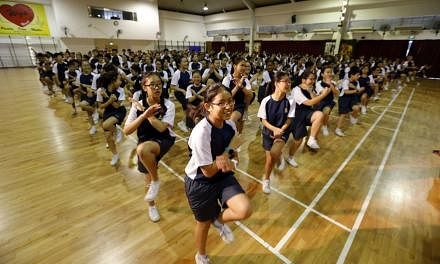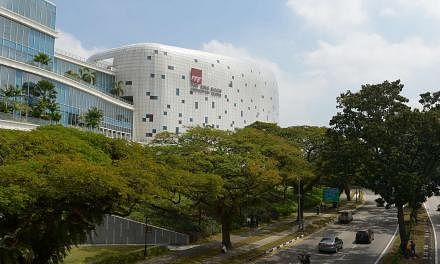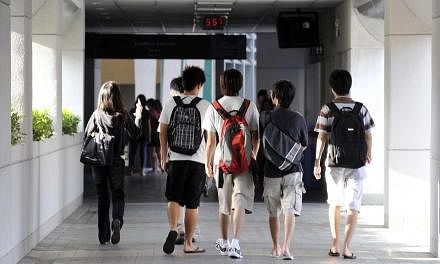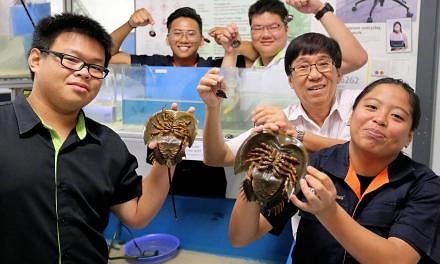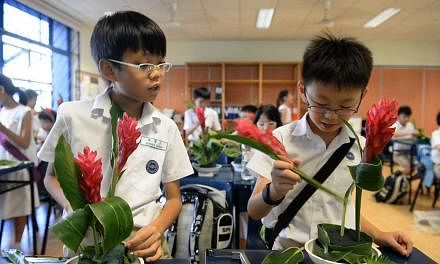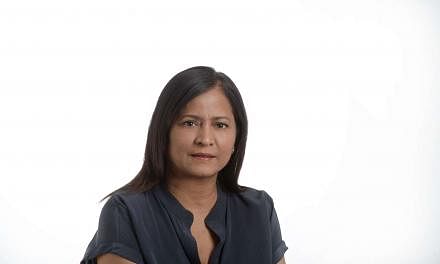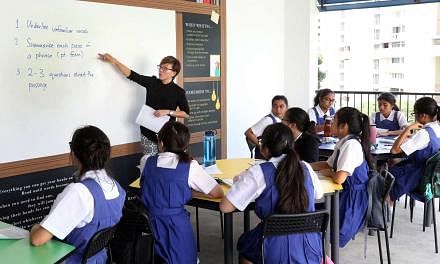SINGAPORE - Polytechnics and the Institute of Technical Education (ITE) will admit more students based on talents and interests, as they widen the focus beyond academic grades alone.
All five polytechnics will be taking their existing aptitude-based admissions up a notch, even after the intake of such students was recently expanded last year.
From the next academic year, the Early Admissions Exercise (EAE) will be able to take in up to 15 per cent of the polytechnic intake, up from the current 12.5 per cent. This means that an estimated 500 more places would be made available for these students, Education Minister (Higher Education and Skills) Ong Ye Kung said in Parliament on Tuesday (March 7) during the debate on his ministry's Budget.
This comes after there was strong interest shown among students entering the polytechnics this year. It allows students to secure a place in a diploma programme of their choice using course-specific talents and interests, even before they sit the O-level exams or ITE final exams.
Under the exercise, close to 8,000 O-level students and 3,200 ITE students applied for entry into the polytechnics this year. Of them, over 4,200 received conditional offers.
Some 2,500 O-level students have since had their offers confirmed, after getting their results for the national exam earlier this year. For ITE students, their final results will be out this month.
Mr Ong said "the eventual EAE intake is close to 12 per cent of the total polytechnic intake". "These are healthy utilisation rates for a first exercise," he added.
He added that polytechnics have given feedback that the exercise is useful in sectors such as early childhood, nursing, social work, or creative subjects, where aptitude and commitment to the career is crucial.
The mode of assessment under the EAE may vary across courses, and can include interviews and portfolio submissions. Polytechnics may consider achievements such as awards, roles assumed in and out of school, work attachments and involvement in relevant projects.
The EAE was introduced last year to admit up to 12.5 per cent of the polytechnic intake. It replaced the Direct Polytechnic Admissions exercise and the Joint Polytechnic Special Admissions Exercise, which could admit up to 2.5 per cent and 5 per cent of the intake respectively each year.
At the ITE, a similar exercise, known as the ITE EAE, will be put in place this year. It will also be able to admit up to 15 per cent of the intake.
The exercise will be implemented for those entering the ITE from next year.
It will replace the ITE Special College Admissions Scheme (SCAS), which considers students with talents and achievements in areas such as sports and arts, and the Special Admissions Exercise (SAE), for those with course-related aptitudes applying for selected Higher Nitec courses.
ITE admits about 14,000 students each year, of which about 3 per cent are taken in under the SCAS and SAE.
Under the new ITE EAE, secondary school students will be able to apply for conditional admission to Nitec and Higher Nitec courses before taking their N- and O-level exams.
It will also open a new pathway for Nitec students, allowing them to apply for conditional admission to Higher Nitec courses prior to sitting their final exams.
Mr Ong said: "For those who are clear what they want to pursue, we should support them as much as possible, to facilitate their admission into our post-secondary education institutions based on interests and aptitudes, and not solely based on academic results."


